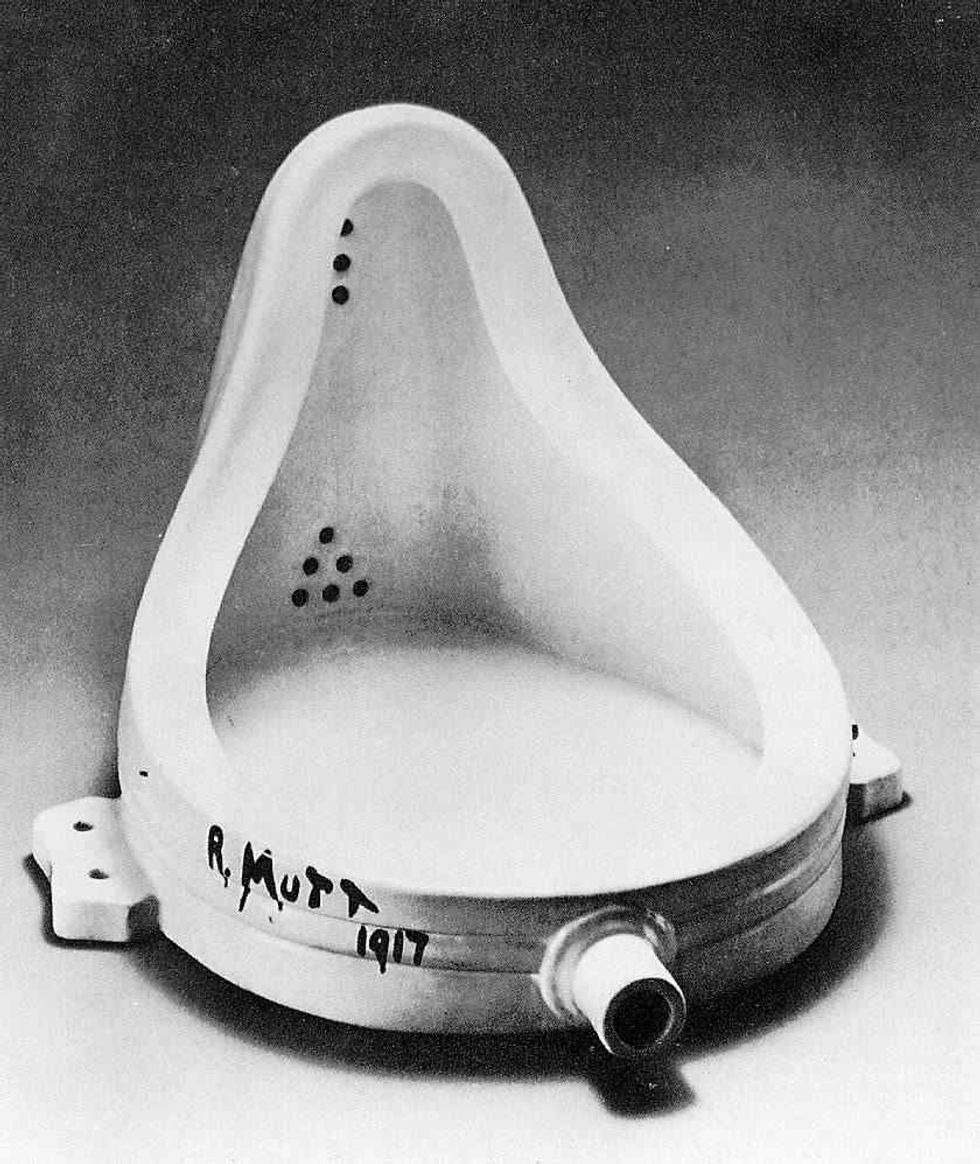Art History is currently not required within the University of Dallas Core Curriculum. Students are only required to take an Art History course if they major in Studio Art or Art History. Art History encompasses so much of human thought, historical, religious, and cultural, that not to include it amongst our students’ grounding in the Western Tradition is to miss a major player in the liberal arts and in the human experience as a whole.
Does art represent the human experience, or are art and humanity analogous? Some art may define categorization, but it does not necessarily defy categorical understanding. It is meant to express ideas and communicate something to others, even if that something is open to interpretation. Communication is how humans are primarily led to new modes of thought. It leads to new perspectives, new ideas, things that challenge your experience. Nietszche says that “art is not merely an imitation of the reality of nature, but in truth a metaphysical supplement to the reality of nature, placed alongside thereof for its conquest.”
UD students are exposed to (and have perhaps participated in) something called the Western Tradition. They learn to recognize repetitious messages, and where an author or thinker has built upon their predecessors. Have you considered that everything you have ever looked at contained the same subtext? Every building, every fork, every infographic and store window display is a culmination of 30,000 years of art history and thought.
It is important to not reduce art to its value as an aesthetic object. If we say that art is borderline revelatory in terms of humanity’s expression, limiting our understanding of it to whether or not we take pleasure in its appearance eliminates the majority of its relevance to our daily life. Some art is deliberately created so as not to be aesthetically pleasing, whether to challenge our conceptions of beauty or to elicit a visceral reaction that forces an intellectual consideration. Some art has absolutely nothing to do with its appearance: any aesthetic appreciation of it is a bonus. Jackson Pollock’s works emphasized the importance of creation over a definite end. To create is a process of discovery.
Art can represent more than the thoughts of an individual. It can underscore understandings of convention, particularly in a time period. For example, Titian’s Venus of Urbino. Nude portraits of women are far from uncommon, especially once the male body stopped being considered the ideal form. (In case you were wondering why Renaissance ladies all look like men.) The reason Titian’s Venus is scandalous is because she knows you’re looking at her. She’s inviting your gaze. It’s meant to be erotic. Even so, there are signals and symbols throughout the piece that place Venus within the context of marriage. It’s meant to say something about the place of sexuality.
In the early 20th century, Dada as an art movement arose as a reaction to war. Some artists blamed conventionalism for most of the cultural problems that led to the first World War. Duchamp, poster boy for Dadaism, once signed a urinal and sent it into The Society of Independent Artists. They rejected the work (despite having said they would accept any piece from any artist who submitted and paid their fee.) Whether you agree with them or not, consider Duchamp’s intent: to illustrate that the point of a piece was not its appearance, but its intellectual understanding. Just because something isn’t conventional, doesn’t meant that it isn’t worthy of consideration. He forced a question: where do we draw the line between what is art and what is not?
Art History not only highlights the thought processes behind major works, it creates an appreciation for the context in which artists created. It emphasizes major influences (such as religion or humanism) and clarifies many of our subconscious understandings or associations pertaining to traditional imagery, such as fire and Hell. Placing greater emphasis upon it could create a far more thorough insight into the tradition we as a school are focused upon.





















